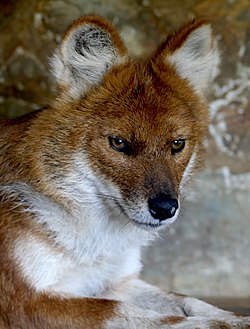Sperm whales are often spotted in groups (called pods) of some 15 to 20 animals. Pods include females and their young, while males may roam solo or move from group to group. Females and calves remain in tropical or subtropical waters all year long, and apparently practice communal childcare. Males migrate to higher latitudes, alone or in groups, and head back towards the equator to breed. Driven by their tale fluke, approximately 16 feet (5 meters) from tip to tip, they can cruise the oceans at around 23 miles (37 kilometers) per hour.
These popular leviathans are vocal and emit a series of "clangs" that may be used for communication or for echolocation. Animals that use echolocation emit sounds that travel underwater until they encounter objects, then bounce back to their senders—revealing the location, size, and shape of their target.
Sperm whales were mainstays of whaling's 18th and 19th century heyday. A mythical albino sperm whale was immortalized in Herman Melville's Moby Dick, though Ahab's nemesis was apparently based on a real animal whalers called Mocha Dick. The animals were targeted for oil and ambergris, a substance that forms around squid beaks in a whale's stomach. Ambergris was (and remains) a very valuable substance once used in perfumes.
Despite large population drops due to whaling, sperm whales are still fairly numerous.
Finally finished my work of Sperm whale and Dhole information.
Edwin Low (31)

